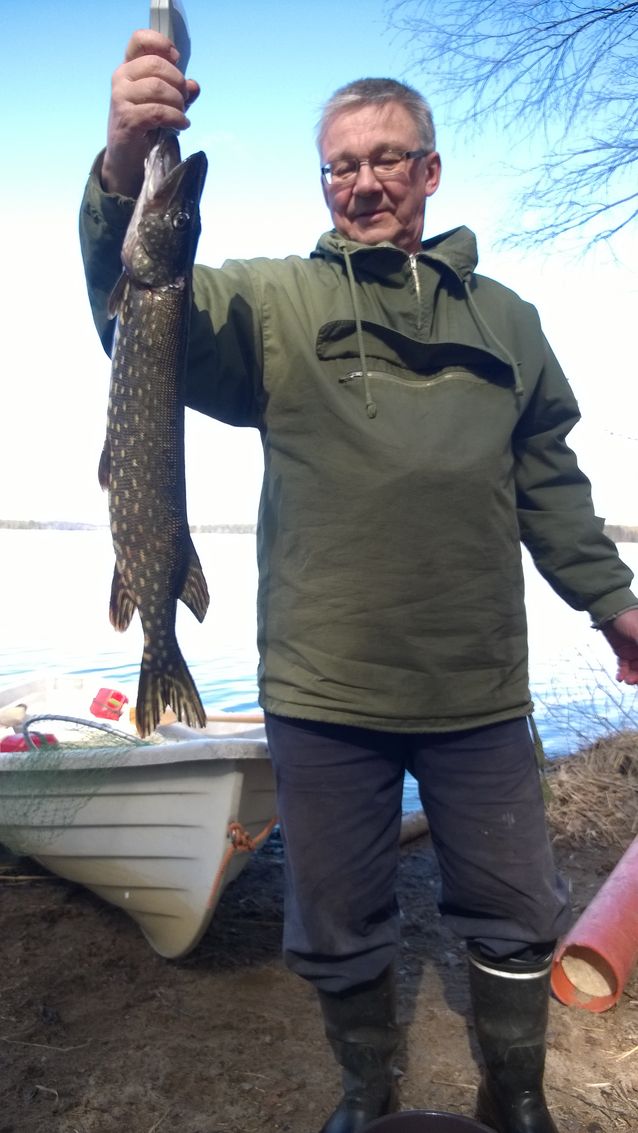Panu Pulma
Panu Tapio Pulma
2 October 1952, Kajaani, Finland
Master of Arts 1980
Doctor of Philosophy 1985 (Finnish and Scandinavian History)
Docent in Finnish and Scandinavian History (University of Helsinki) 1986
Assistant, Associate Professor, and acting Professor (University of Helsinki and University of Joensuu) 1982–2015
Historical researcher, Kajaani City, 1987–1992
Senior researcher, Academy of Finland, 1997–2000
Academy Research Fellow, Academy of Finland, 2001
University lecturer in Finnish and Nordic History 2001-
Project Manager, Academy of Finland, 1988–91 and 2010–2013
Publications, research projects and other scientific activities
Research interests: Poverty, child welfare and social policy history, family history, urban history, history of minorities
Awards and special achievements
Väinö Voionmaa Award for best local historical research 1996: Pikkukaupungin unelmia. Kajaani 1907-1977 (‘Small town dreams: Kajaani 1907-77’), co-author Oiva Turpeinen
State Award for Public Information 2013: Suomen romanien historia (‘The history of Finnish Roma’), co-authored with a research group
Gunnar Mickwitz Prize for work on Nordic history 2013
Written by Panu Pulma and Riitta-Ilona Hurmerinta (ed.)
Translated by Joe McVeigh and John Calton. Revised by John Calton.

